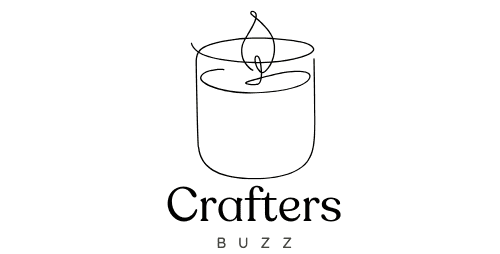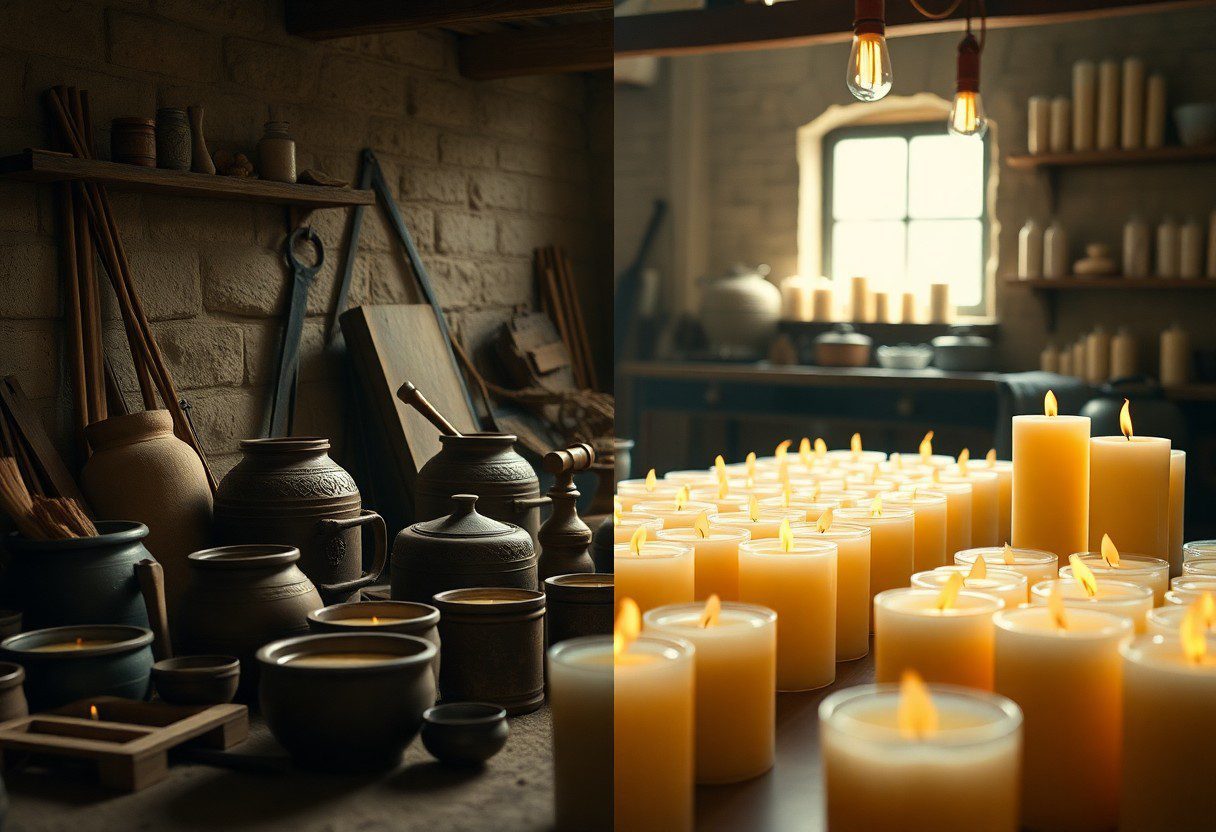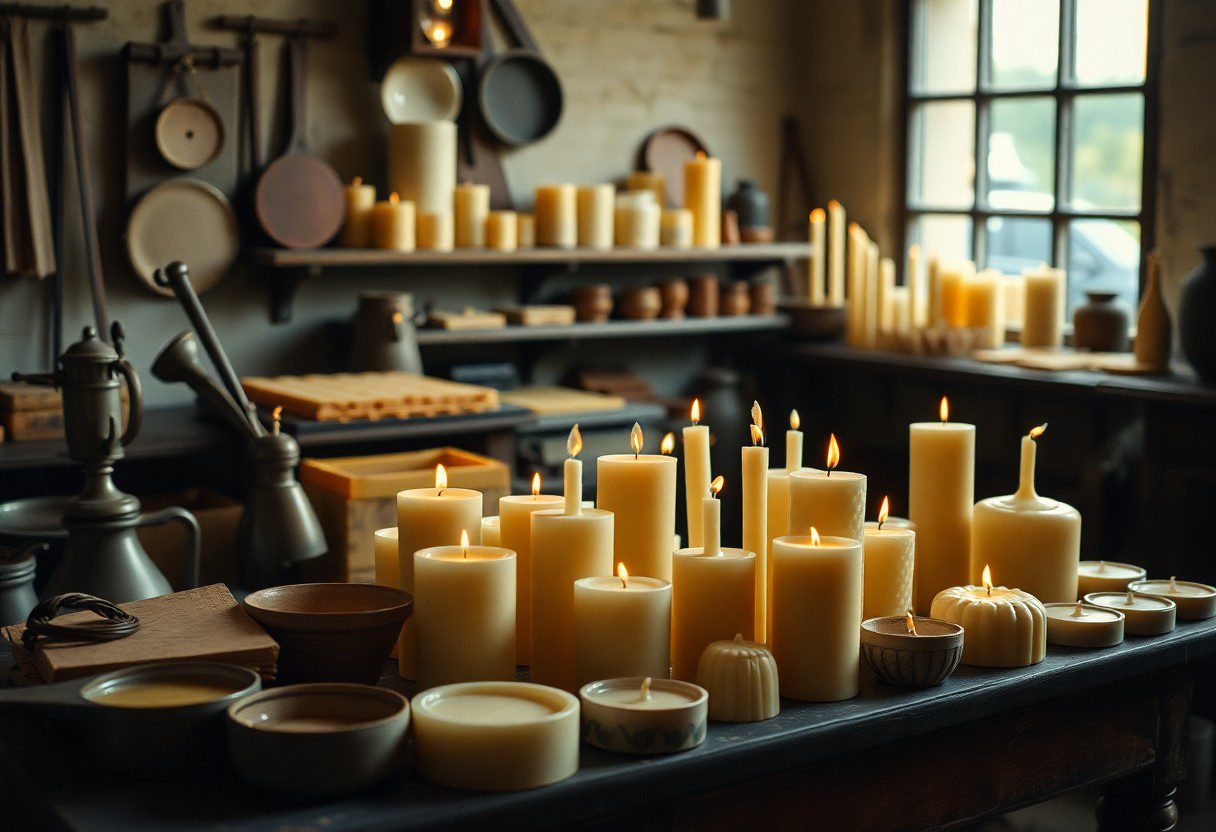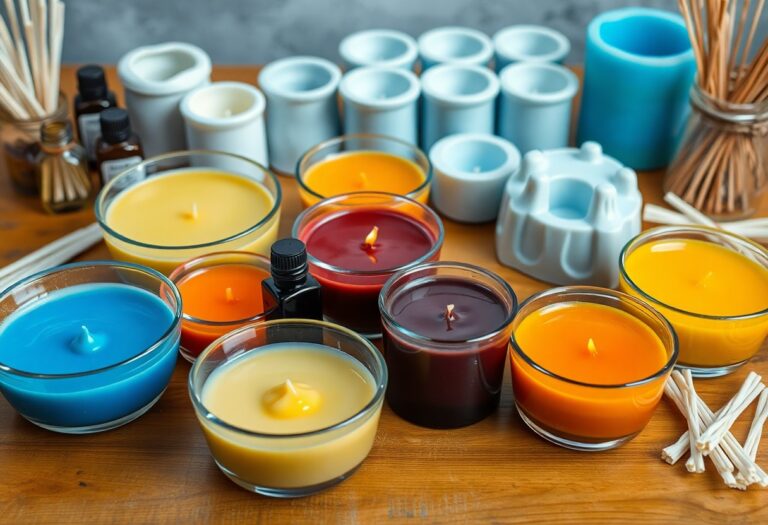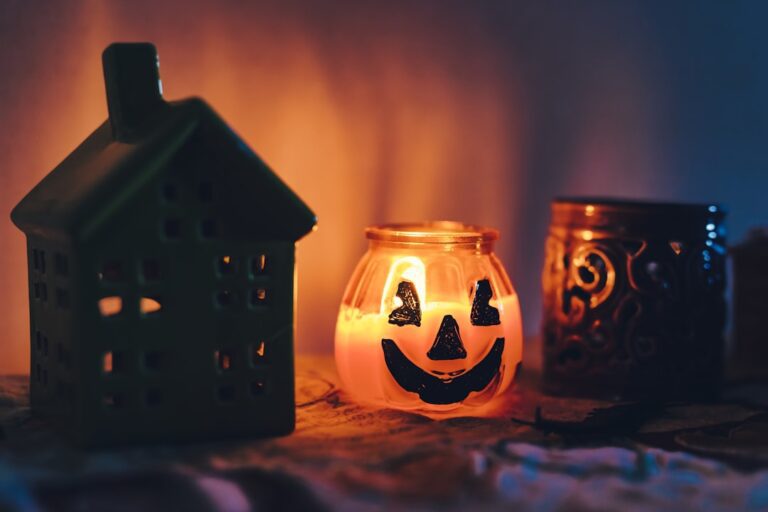How to create custom candle labels for gifting.
When embarking on the journey of creating candle labels, the design is paramount. The label serves not only as a means of identification but also as a reflection of the brand’s identity and the product’s essence. A well-thought-out design can evoke emotions, convey messages, and attract potential customers.
To begin, consider the target audience and the type of candles being produced. For instance, if the candles are intended for a luxury market, a minimalist design with elegant typography and a muted color palette may be appropriate. Conversely, if the candles are aimed at a younger demographic, vibrant colors and playful fonts could resonate more effectively.
In addition to aesthetics, functionality must also be taken into account. The label should clearly communicate essential information such as the scent, size, burn time, and any safety warnings. This information should be presented in a way that is easy to read and understand.
The layout should balance visual appeal with practicality; for example, using contrasting colors for text and background can enhance readability. Furthermore, incorporating elements that reflect the candle’s scent or theme can create a cohesive look. For example, a lavender-scented candle might feature soft purple hues and floral motifs, while a citrus-scented candle could utilize bright yellows and oranges with zesty graphics.
Selecting the perfect paper and adhesive for your labels
The choice of paper and adhesive is crucial in ensuring that your candle labels not only look good but also withstand the conditions they will face. Candle labels are often exposed to heat, moisture, and oils from the wax, which can affect their durability. Therefore, selecting a high-quality label paper that is resistant to these elements is essential.
Synthetic papers, such as polypropylene or polyester, are excellent choices as they are waterproof and tear-resistant. These materials can endure the heat generated by burning candles without warping or peeling away. Equally important is the adhesive used to affix the labels to the candles.
A strong adhesive ensures that the label remains intact throughout the candle’s life cycle. It is advisable to choose an adhesive that is specifically designed for use on wax surfaces, as regular adhesives may not adhere properly due to the smooth and oily nature of wax. Additionally, consider whether you want a permanent or removable adhesive.
Permanent adhesives are ideal for products that will not be repackaged or reused, while removable options allow for flexibility in case of rebranding or redesigning in the future.
Tips for creating personalized messages for your candle labels
Personalization can significantly enhance the appeal of your candle labels, making them more memorable and meaningful to customers. One effective approach is to include a short message or quote that resonates with the candle’s scent or purpose. For example, a candle designed for relaxation might feature a calming quote about peace or tranquility.
This not only adds a personal touch but also creates an emotional connection with the consumer. Another way to personalize your labels is by incorporating the recipient’s name or a special date for custom orders. This is particularly effective for gifts or special occasions such as weddings, birthdays, or holidays.
By offering customization options, you can cater to individual preferences and create a unique product that stands out in a crowded market. Additionally, consider using different fonts or styles for personalized messages to further enhance their visibility and impact.
Adding a personal touch with custom graphics and images
Custom graphics and images can elevate your candle labels from ordinary to extraordinary. Utilizing unique illustrations or photographs can help convey the essence of your brand and product more effectively than text alone. For instance, if you are selling a seasonal candle collection, incorporating seasonal imagery—such as snowflakes for winter scents or flowers for spring—can create an immediate visual association with the product’s theme.
Moreover, custom graphics can also serve practical purposes. For example, using icons to represent scent notes can provide quick visual cues about what customers can expect from the candle. A graphic of a lemon slice could indicate a citrus scent, while an image of lavender flowers could suggest a calming aroma.
This not only enhances the label’s aesthetic appeal but also aids in customer understanding of the product at a glance.
Utilizing online resources for designing and printing your labels
In today’s digital age, numerous online resources are available to assist in designing and printing candle labels. Websites like Canva and Adobe Spark offer user-friendly interfaces that allow even those with minimal design experience to create professional-looking labels. These platforms provide templates specifically tailored for product labels, enabling users to customize colors, fonts, and layouts easily.
Once the design is finalized, printing options abound as well. Many online printing services specialize in custom labels and offer various materials and finishes to choose from. Services like Vistaprint or UPrinting allow you to upload your designs and select specifications such as size, shape, and paper type.
Additionally, some companies provide sample prints so you can evaluate how your design translates onto physical labels before committing to larger orders.
Ensuring your labels comply with safety and regulatory guidelines
When creating candle labels, it is imperative to adhere to safety and regulatory guidelines to ensure consumer safety and compliance with local laws. In many regions, candles must include specific information on their labels, such as burn time, safety warnings, and manufacturer details. For instance, it is common practice to include instructions on how to safely burn candles—such as keeping them away from flammable materials and never leaving them unattended.
Furthermore, if your candles contain any allergens or specific ingredients that could pose risks to consumers (like essential oils), these should be clearly listed on the label. Regulatory bodies may have specific requirements regarding labeling; therefore, it is advisable to research local regulations thoroughly before finalizing your designs. This not only protects consumers but also enhances your brand’s credibility by demonstrating a commitment to safety.
Tips for applying your custom labels to your candles
Applying labels to candles may seem straightforward; however, there are several tips that can help ensure a professional finish.
Any dust or residue can prevent proper adhesion and lead to peeling over time.
Using a lint-free cloth lightly dampened with rubbing alcohol can effectively clean the surface without leaving any moisture behind. When applying the label, take care to align it properly before pressing it down firmly. Starting from one edge and smoothing it out towards the other can help eliminate air bubbles that may form during application.
If using roll labels, consider investing in a label applicator tool that can streamline this process and ensure consistent placement across multiple candles. For those who prefer a more artisanal approach, hand-labeling can add charm but requires patience and precision.
Creative ways to package and present your custom-labeled candles for gifting
The presentation of your custom-labeled candles plays a significant role in their appeal as gifts. Thoughtful packaging can enhance the overall experience for the recipient and make your product stand out in a competitive market. One creative approach is to use eco-friendly packaging materials that align with current consumer trends towards sustainability.
Recyclable boxes or biodegradable wraps not only protect the candles but also convey a message of environmental responsibility. Additionally, consider incorporating decorative elements such as ribbons or twine to add an extra layer of charm to your packaging. A simple yet elegant touch like this can elevate the unboxing experience for customers receiving your candles as gifts.
Including a small card with care instructions or a personalized message can further enhance this experience by making it feel more intimate and special. Incorporating themed packaging based on holidays or seasons can also create excitement around your products. For example, during the winter holidays, using festive colors and designs can attract attention while conveying warmth and cheerfulness associated with this time of year.
Ultimately, how you package your candles can significantly influence their perceived value and desirability as gifts.
If you’re interested in creating custom candle labels for gifting, you may also want to check out this article on DIY Candle Melts: A Beginner’s Fragrance Guide. This guide provides helpful tips and tricks for making your own candle melts at home. For more crafting inspiration and ideas, be sure to visit CraftersBuzz.com. Additionally, if you’re curious about the history and technology behind candles, you might enjoy reading Tallow to Technology: Candles in Everyday Life.
FAQs
What are custom candle labels?
Custom candle labels are personalized labels that are designed and printed to be affixed to candles. They can include custom text, images, and designs to create a unique and personalized look for the candles.
Why create custom candle labels for gifting?
Custom candle labels add a personal touch to the gift of a candle, making it more meaningful and special for the recipient. They also allow the gift-giver to express their creativity and thoughtfulness through the design of the label.
How can I create custom candle labels?
You can create custom candle labels using graphic design software such as Adobe Photoshop or Illustrator, or using online design tools and templates. You can then print the labels on sticker paper and affix them to the candles.
What information should be included on custom candle labels?
Custom candle labels can include the name of the candle, the scent, the ingredients, any safety instructions, and any personalized messages or designs that the gift-giver wants to include.
Where can I get custom candle labels printed?
You can get custom candle labels printed at local print shops, online printing services, or using a home printer if you have the necessary materials and equipment.
